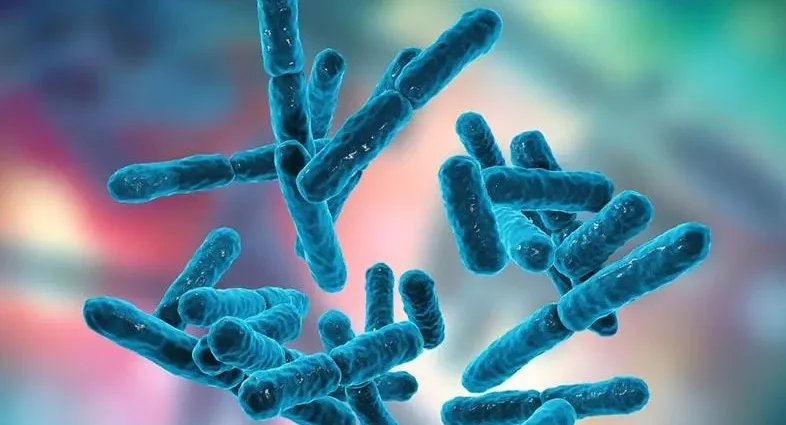Contents
Probiotics, microflora, microbiome, “the second human genome” – single-celled organisms have taken over the world. However, this has always been the case, but their role in life, health and even human behavior has only recently been appreciated. Bifidobacteria are the most famous.
What is bifidobacteria
Useful properties of bifidobacteria
Like the rest of the “good” microorganisms within us, bifidobacteria interact closely with the cells of the body, supporting their immune defense mechanisms. These microorganisms were among the first “tamed” by man; proven their usefulness in a variety of and, at first glance, unrelated areas.
Bifidobacteria are involved in the digestion process and help absorb useful substances from food: iron, calcium, vitamin D.
They provide a detoxification process, helping to eliminate toxins, and even work as an absorbent.
They take part in the synthesis and assimilation of B vitamins and vitamin K.
Fight against infections by crowding out pathogenic organisms. Strengthen the immune system: 70% of immune cells are located in the intestines. Certain strains of bifidobacteria have been proven effective even against allergies.
Helps break down carbohydrates.
They have a beneficial effect on the functioning of the nervous system: there are studies confirming the connection between the intestinal microflora and depressive states.
Bifidobacteria are part of various therapeutic agents and dietary supplements.
When we talk about probiotics, most often we are talking about bifidobacteria. Lactobacilli known to us are their distant relatives.
Recommended Use
The microbiome of the epidermis contains about 500 varieties of microorganisms. At the same time, bifidobacteria do not live on the surface of the epidermis, but their beneficial properties are also successfully used for skin beauty. In any case, it makes sense to use bifidobacteria inside, since, as you know, the condition and quality of the skin is closely related to the work of digestion.
Bifidobacteria have a beneficial effect on the skin both externally and when taken orally.
Bifidobacteria can bring noticeable benefits if you are concerned about problems such as:
acne;
excessive dryness;
manifestations of aging.
sensitivity.
Application in cosmetics for facial skin
In the food industry today, there is a real boom around products containing live and active bifidobacteria and other beneficial microorganisms. Bifidobacteria are found in yogurt and other “live” fermented milk products. Cosmetics use stabilized fragments of bifidobacteria – lysates or their enzymes.
What functions do bifidobacteria perform in cosmetology?
The use of living microorganisms would turn the cream into a perishable product, while their isolated fragments do not shorten the life of cosmetics, while having a positive effect on skin cells.
What are the functions of bifidobacteria in cosmetics?
Normalize the natural balance of the skin.
Suppress pathogenic microorganisms and promote the restoration of the microbiome.
Reduce skin sensitivity and strengthen local immunity.
In regenerating and anti-aging products, they increase the skin’s ability to repair and regenerate.
Overview of products with derivatives of bifidobacteria in the composition
Firming cream against signs of aging at different stages of formation for normal and dry skin Slow Age, SPF 30, Vichy
Reliably protects from adverse external factors. It is aimed at both correcting and preventing signs of skin aging. The main components are a powerful antioxidant baicalin, a bifido complex and mineral-rich thermal water. As a result, the skin receives hydration, protection and a powerful stimulus to self-healing. The cream is suitable for sensitive skin. There is also Slow Age in a fluid texture with the same active ingredients, this form is suitable for all skin types.
Advanced Génifique line, Lancôme
Melting body milk with bifido complex and oat milk, Garnier
Softens and soothes dry and sensitive body skin, helps retain moisture. Suitable for adults and children over 3 years old.
Safety measures
Derivatives of probiotics, including bifidobacteria, can be included in products for any age and skin type. But since they are never the only component of cosmetics, pay attention to the recommendations of the manufacturer and select cosmetics according to the condition and type of skin.










